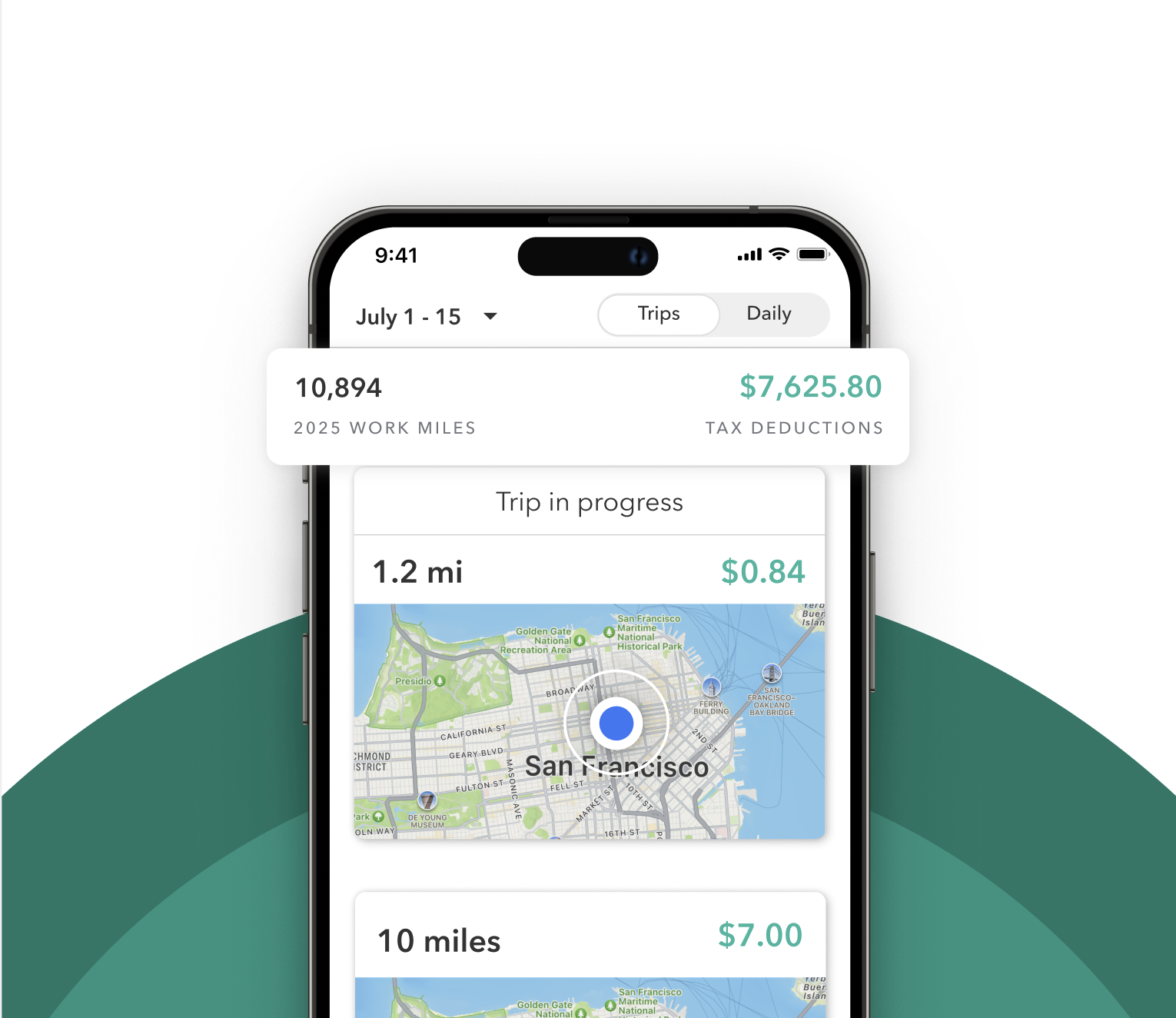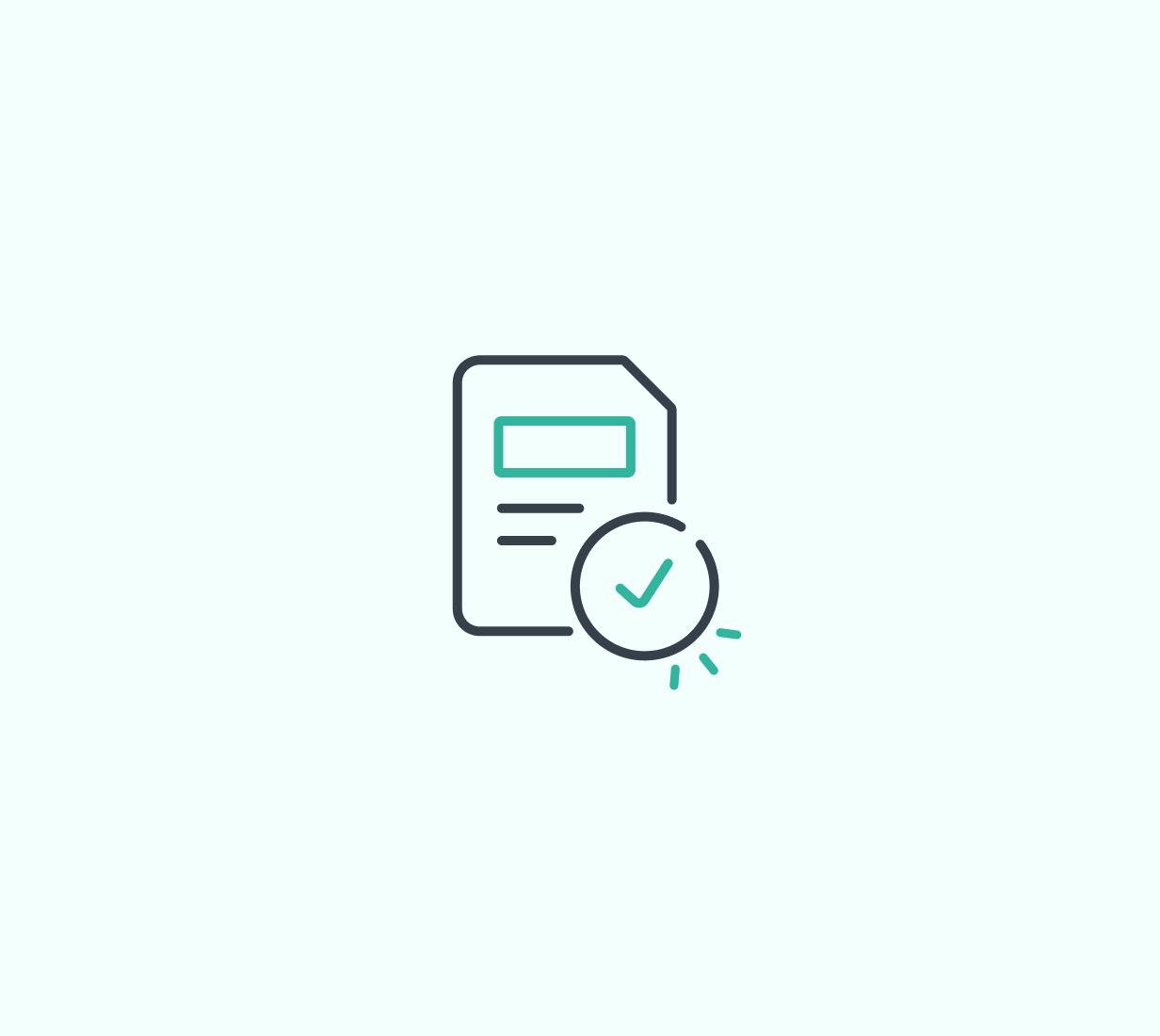Who can drive for Uber?
Uber is open to many drivers, but there are baseline requirements you must meet to get approved. First, you need to meet the minimum driving age in your city or state, which is often 21 but can be higher in some locations. You also need at least one year of licensed driving experience. In some markets, if you’re under 25, you may need three years of experience to qualify.
Driving for Uber means you’re an independent contractor. You choose your own hours and operate your own vehicle, but you’re also responsible for meeting Uber’s requirements and local regulations.
Vehicle requirements
Uber’s vehicle standards vary by service type and city, but there are common requirements all drivers must meet:
- Vehicle type: 4-door car, truck, or minivan in good condition
- Age requirements: Most cities require vehicles to meet a minimum model year (often less than 15 years old, but varies)
- Condition: No cosmetic damage, commercial branding, or taxi-style markings
- Seats and doors: Must seat at least four passengers (not including the driver) with four working doors
- Inspection: Pass an annual or semi-annual vehicle inspection at an Uber-approved location or partner shop
Premium services like UberXL, Comfort, or Uber Black have stricter requirements. These can include luxury or full-size vehicles, newer model years, specific interior features like leather seats, and sometimes color restrictions.
Licensing requirements
Uber drivers must hold a valid driver’s license issued by the state in which they plan to drive. This license must be current and unexpired, and you’ll need to maintain it while driving on the platform.
In addition to your driver’s license, some cities and states require:
- Local rideshare permits: Cities like Chicago, Los Angeles, and New York may require special licenses or permits.
- Rideshare decals: Many states require you to display an Uber decal on your vehicle while you’re online.
Insurance requirements
You cannot drive for Uber without insurance that meets your state’s minimum personal auto coverage. Uber also provides supplemental coverage when you’re online:
- When the app is on and you’re waiting for a request, Uber provides limited liability coverage.
- When you accept a trip until the passenger exits, Uber provides higher liability coverage and contingent collision and comprehensive coverage if you have personal coverage for those.
You may be required to upload proof of insurance to Uber, showing your name, policy number, and coverage dates.
Background check and driving record
Uber runs a background check during the sign-up process and may rescreen drivers periodically. This typically includes:
- Driving record: Must be free of major violations like DUIs, reckless driving, or recent suspensions.
- Criminal history: Disqualifying offenses usually include violent crimes, sexual offenses, and serious felonies.
Each state or city may have local requirements, such as fingerprint-based background checks.
Required documents
Before you can start driving, Uber will ask you to upload clear photos of:
- Valid driver’s license
- Proof of vehicle registration (which may need to be in your name, depending on local rules)
- Proof of insurance with your name listed
- A driver profile photo that meets Uber’s guidelines
If your city requires additional permits, you may also need to upload those.
Inspection requirements
Most markets require an annual or semiannual vehicle inspection at a certified location. Uber partners with shops that offer discounted inspections for drivers. You’ll need to pass inspection before your vehicle can be activated.
Uber may remind you when your inspection is due. Keeping your vehicle in good condition not only ensures compliance but also improves your ratings and rider experience.
Local and state regulations
Driving for Uber is also subject to city and state rules. For example:
- Some cities require special rideshare driver permits.
- Certain states mandate rideshare insurance endorsements on personal policies.
- Decal placement requirements vary.
- Airport pickups and drop-offs often have their own staging rules.
It’s your responsibility to know local requirements and stay compliant. Uber’s website often has city-specific pages outlining what you need.
Tips for getting approved quickly
- Double-check document photos: Make sure they’re clear and in focus.
- Schedule inspections early: Don’t wait until the last minute.
- Review your driving record: Understand what’s on it before applying.
- Know local rules: Check your city’s Uber page for extra requirements.
A smooth sign-up process means you can get on the road and start earning faster.
How to track your miles and expenses
Once you’re approved and driving, you’ll want to keep accurate records of your business miles and expenses for tax time. Uber drivers are independent contractors, which means you can deduct business-related costs to reduce your taxable income.
Why track your expenses?
- Mileage deductions can be your biggest tax write-off.
- You may also deduct phone expenses, vehicle maintenance, and other business-related costs.
How to do it effectively:
- Use an app like Everlance to automatically track mileage in real time.
- Separate work and personal trips with one swipe.
- Upload receipts or log expenses on the go.
- Generate IRS-compliant reports to simplify tax prep.
Good record-keeping can mean hundreds or even thousands of dollars in tax savings.











